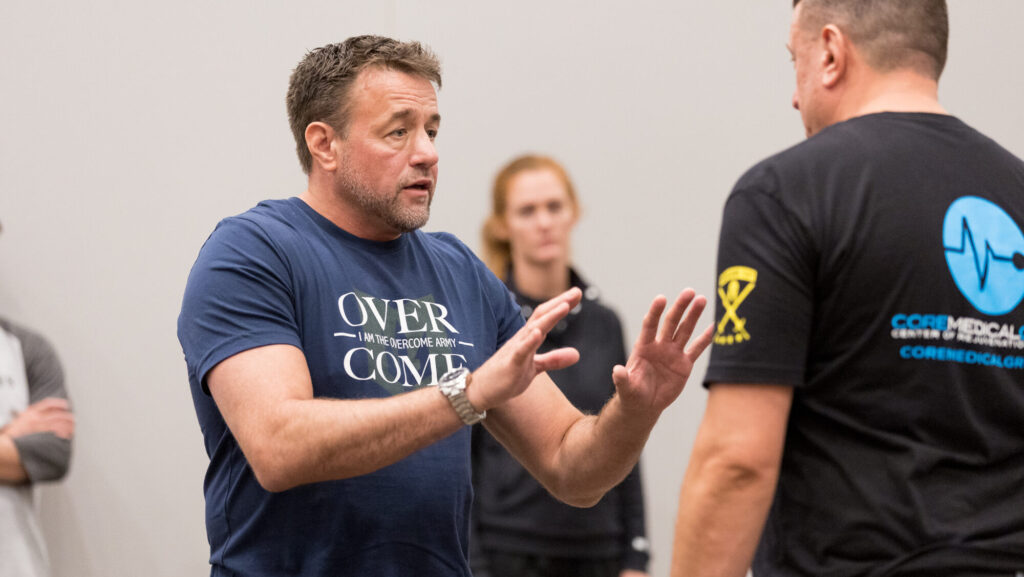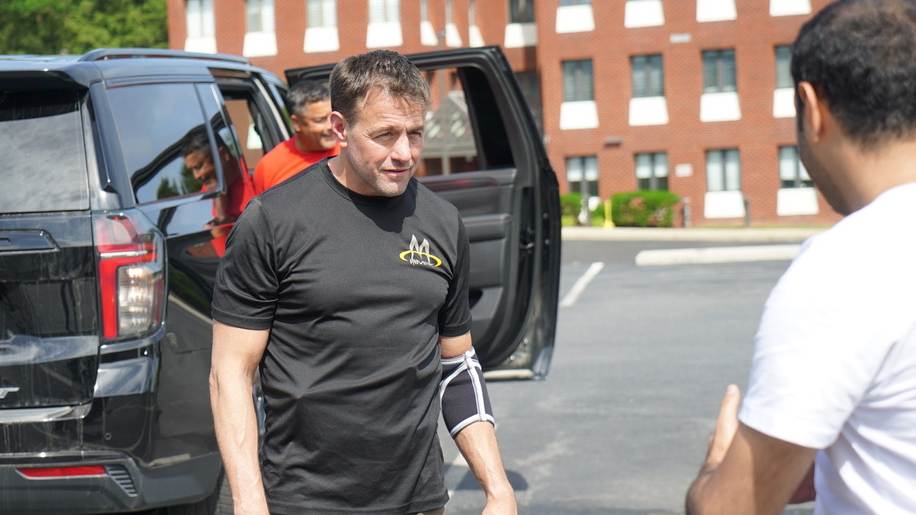When I’m training elite security teams, corporate professionals, or my students at the Executive Protection Institute, I often cite one research study by Grayson and Stein, conducted in 1981. Why? Because it’s a cornerstone in understanding the non-verbal cues that make someone appear as an “easy target” to potential attackers.
The originality of the Grayson and Stein study lies in its straightforward approach, but don’t let that simplicity fool you—there’s a wealth of critical information to unpack here. Filming was set up in a particularly high-risk assault area in New York City. Over three days, the daily lives of more than 60 individuals were captured as they walked by, completely unaware that their movements could potentially label them as easy targets or not.
Now, what makes this even more interesting is the evaluation method. The footage was first shown to 12 inmates who were specifically chosen for their intelligence and verbal abilities. These were not just any inmates; they were convicts with histories of violent offenses against strangers. This choice in evaluators adds a layer of nuance to the study because we’re getting the perspective of those who have actually engaged in predatory behavior.

These first 12 inmates observed and evaluated the footage, which was then used to develop a rating scale. A second, more extensive group of 53 inmates convicted of various assaultive crimes, from murder to simple assault against strangers, were brought in to corroborate these assessments. Consistency in selection across both groups reinforced the validity of the findings.
One remarkable point was the age factor. Older men and women were consistently rated as more likely targets for assault compared to their younger counterparts. It’s essential to dig deeper into this; age might be related to assumed vulnerability, slower reaction times, or societal perceptions of the elderly as easier targets.
“Your body communicates as well as your mouth. Don’t contradict yourself.”
– Allen Ruddock
The analysis didn’t stop at the inmates’ evaluations. The footage underwent a detailed Laban analysis—a sophisticated method of dissecting movement into 21 components. This allowed for a granular understanding of what specific movements or lack thereof made someone appear as an easy target.
What stood out was the concept of ‘wholeness’ or consistency in movement. Those labeled as non-victims moved in a coordinated, synchronous fashion. There was an organized, deliberate quality to their body language. On the other hand, perceived victims exhibited non-synchronous or even anti-synchronous movements. Their lack of coordination spoke volumes to the trained eyes of the evaluators.
This seminal study reveals that your body language can inadvertently place a target on your back—or remove one. And it’s not just about the ‘what,’ but also the ‘how.’ How you move, your level of coordination, your age, and even the general fluidity of your movements can deter or attract potential attackers. It’s a comprehensive lesson in non-verbal cues and self-protection that goes far beyond mere physical skills.
Here’s what sets it apart: the study used Laban analysis—a sophisticated research of movement, broken down into 21 components—to determine the differences in how the identified ‘potential victims’ and ‘non-victims’ moved.
Now, let’s examine the findings that should concern you and guide your defensive tactics training.
Stride Length
First, . Believe it or not, 42% of the individuals labeled as “easy targets” had longer strides than the non-victim group. Interestingly, the inmates couldn’t articulate why they chose these individuals—they just did.
Foot Swing
If you swing your feet when you walk, good news—you’re more likely to be in the non-victim category. Those who appeared as potential victims had a lifting motion rather than a swinging one.
Body Fluidity
We can measure this by observing whether you’re walking contralaterally—opposite arm and leg moving in tandem—or unilaterally—same-side arm and leg. This subtle distinction in coordination or lack thereof can make you more attractive to a would-be attacker.
Lastly, let’s talk about body movement. Those perceived as easy targets walked in a ‘gestural’ manner, led by their arms and legs rather than their core. This sort of movement typically also includes eye-lines directed toward the ground—another vulnerability indicator.
“You never get a second chance to make a first impression.”
– Will Rogers
Understanding the implications of this study can revolutionize how you move through the world and train others in defensive tactics. It’s not just about learning techniques; it’s about altering how you naturally present yourself to deter potential threats. Trust me, the way you move can speak volumes before you can say a word.
Your Body Language Habits

It’s essential to recognize that a large proportion of attacks aren’t random or spontaneous; a period of surveillance by the predator usually precedes them. Think of it like a tiger carefully stalking its prey—the predator observes potential victims, calculating who would be an “easy meal.”
This notion becomes even more crucial when you consider the findings of the Grayson and Stein study. The research indicates that our body language and movements can signal vulnerability, inviting unwanted attention from those with ill intent. So, ask yourself: What are your daily counter-surveillance habits? Most of us go through life unconsciously dictating our physical habits, from the length of our stride to our posture, without ever pausing to consider the messages we send to the outside world.
Often, it’s not a conscious choice; we’re not aware that the way we walk or hold ourselves can be telling a would-be predator that we’re an easy target. But now that you know the potential implications of your body language, it’s time to examine your habits critically. Have you ever considered how you appear to potential predators in your environment? What non-verbal cues are you giving off?
“Awareness is the greatest agent for change.”
– Eckhart Tolle
Taking a proactive stance means assessing and altering your physical habits to make you less appealing to potential attackers. Consider your stride—should you shorten or lengthen it for a more confident, less vulnerable appearance? Consider your posture—does how you hold your torso suggest self-assurance, or does it scream low self-esteem? How about your arm and leg movements—are they coordinated and fluid, or awkward and out of sync? If your body language makes you look like an ‘easy meal,’ it might be time to make changes.

Alan Baker specializes in designing customized Defensive Tactics Programs tailored to the specific needs of law enforcement agencies, security firms, and military organizations. With a focus on practical techniques, scenario-based training, and adaptability to real-world situations, Alan can develop comprehensive training programs that enhance the skills and preparedness of personnel. If you are interested in connecting with
Alan or booking his services, please visit our website at https://bakertacticaldesign.com or reach out to him directly through LinkedIn. Elevate your organization’s defensive capabilities with Alan Baker’s expertise and experience.

